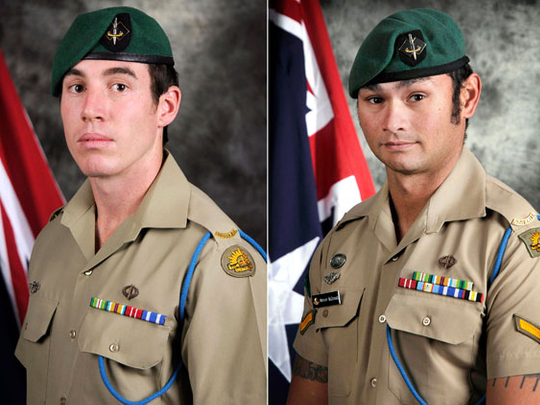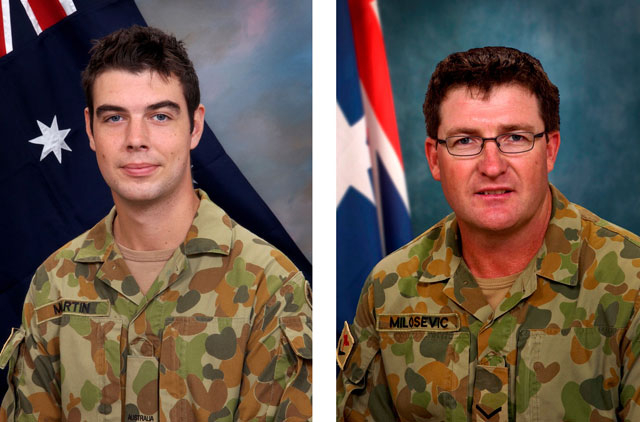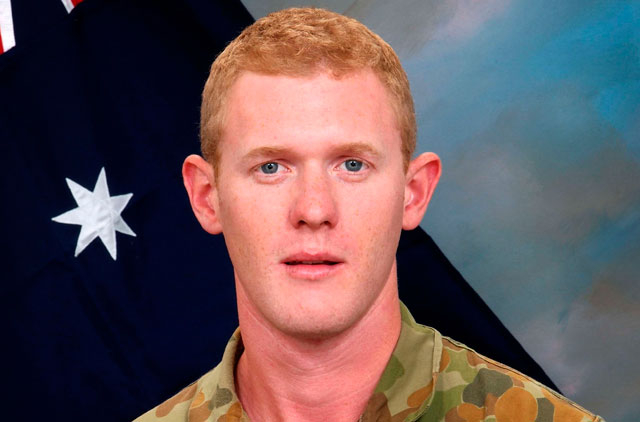
The deaths of five Australian soldiers in Afghanistan at the hands of two local police officers is just the latest in a long and tragic list of such incidents.
Termed ‘green-on-blue’ incidents, the cases have increased significantly in recent months. The spate of killings has forced US special forces to suspend training for about 1,000 Afghan police recruits. The suspension is to allow the trainers time to vet all of the Afghan police personnel who have so far passed through the training programme. Taliban insurgents claim responsibility for most attacks and view the strategy as effective in undermining reconstruction efforts. But Nato officials say the attacks are usually spurred by cultural differences and personal animosities.
Whatever the cause of the green-on-blue attacks, they are undermining the transition process whereby the Afghan local police are supposed to work hand-in-hand with Nato soldiers, ultimately taking control when conditions stabilise. But trust is a rare commodity, particularly when comrades standing shoulder to shoulder on duty are always wondering if the man beside them is about to turn rogue.
The incidents also show that whatever vetting process that supposedly occurred has been botched, most likely in the rush to establish an effective police force so as western countries can withdraw their troops. Tensions will be further heightened following yesterday’s suicide attack on a US Consulate car in Peshawar.
They are sad lessons that true reconstruction in Afghanistan takes time and effort — and long-term commitment.










